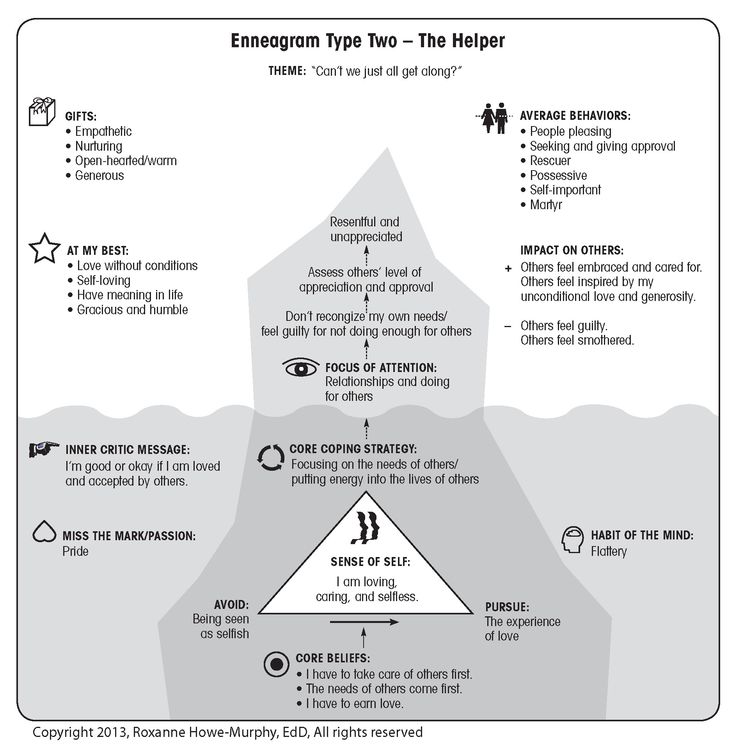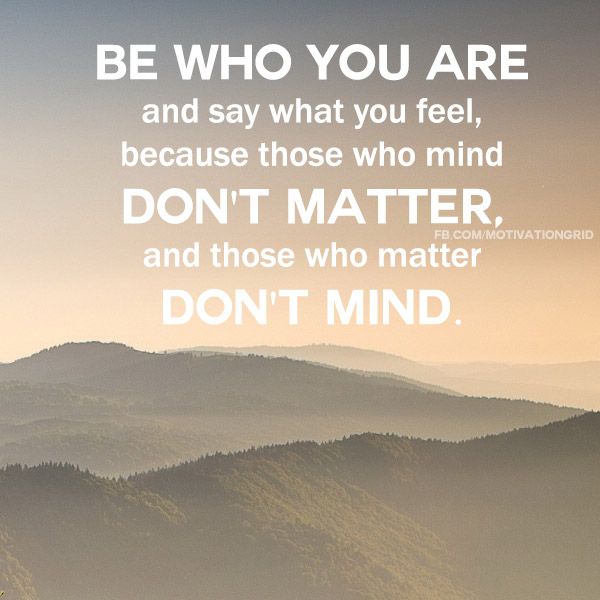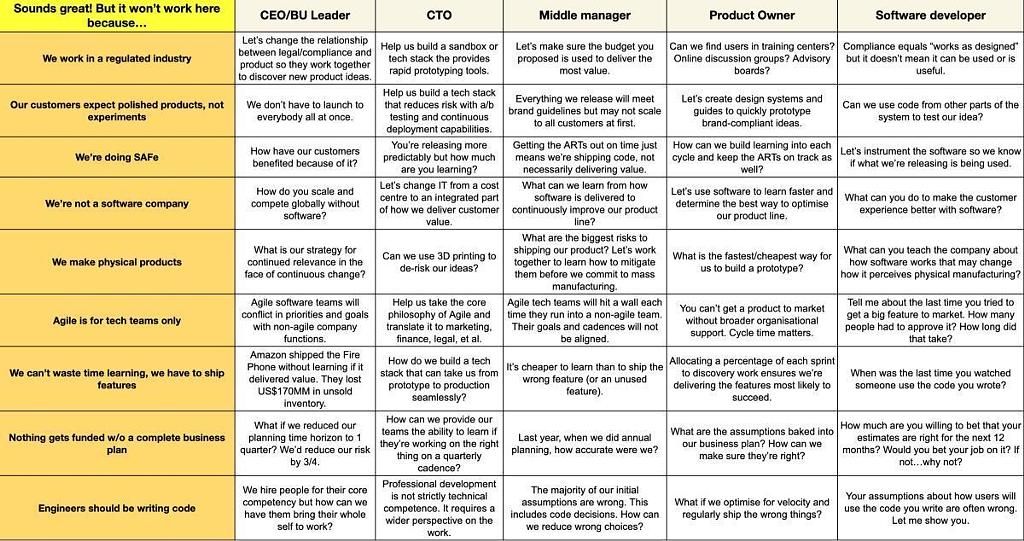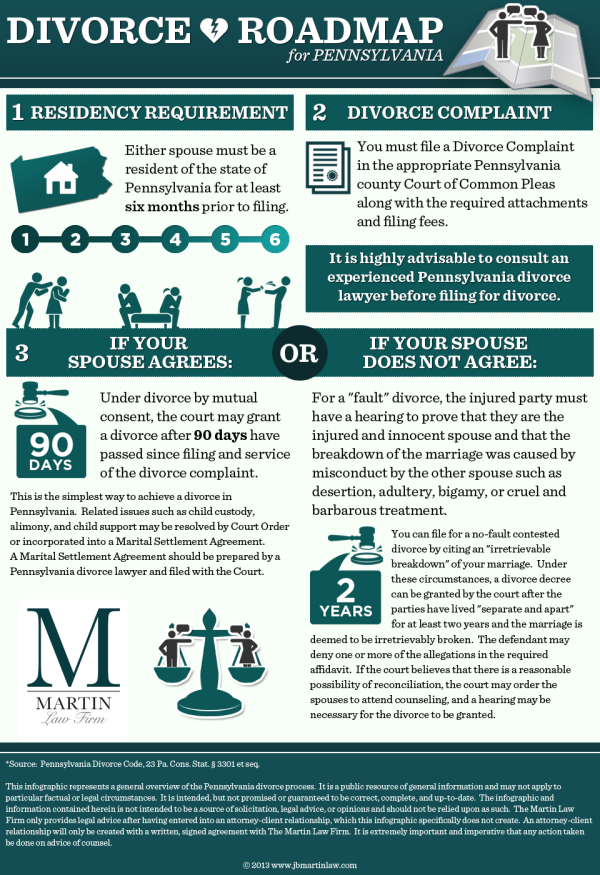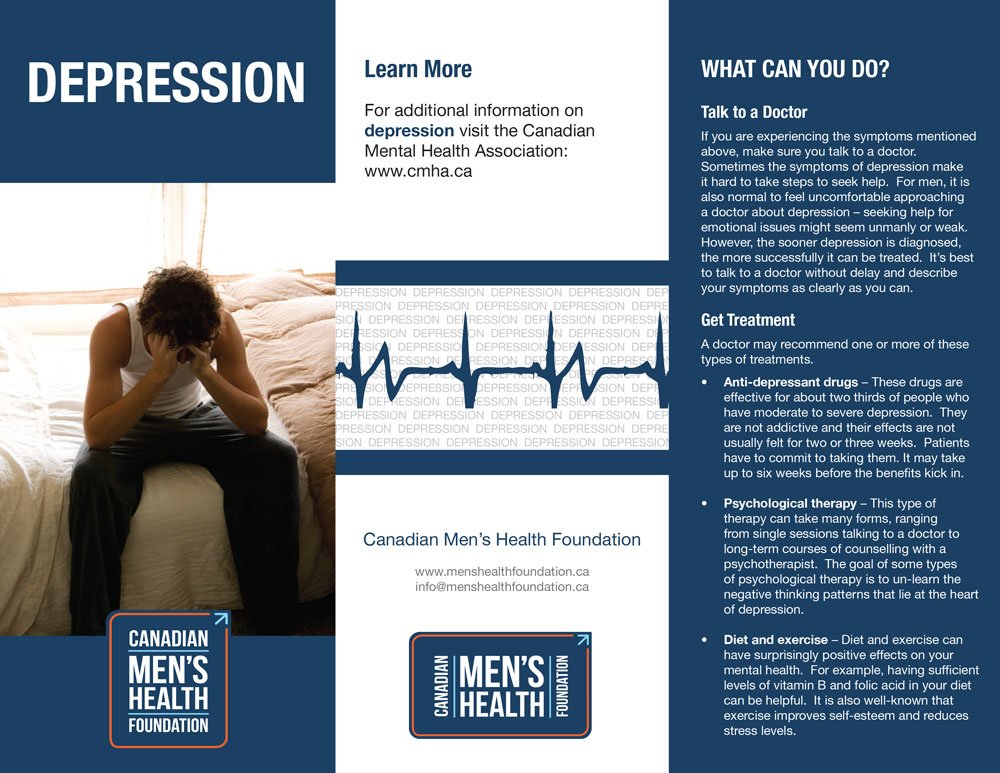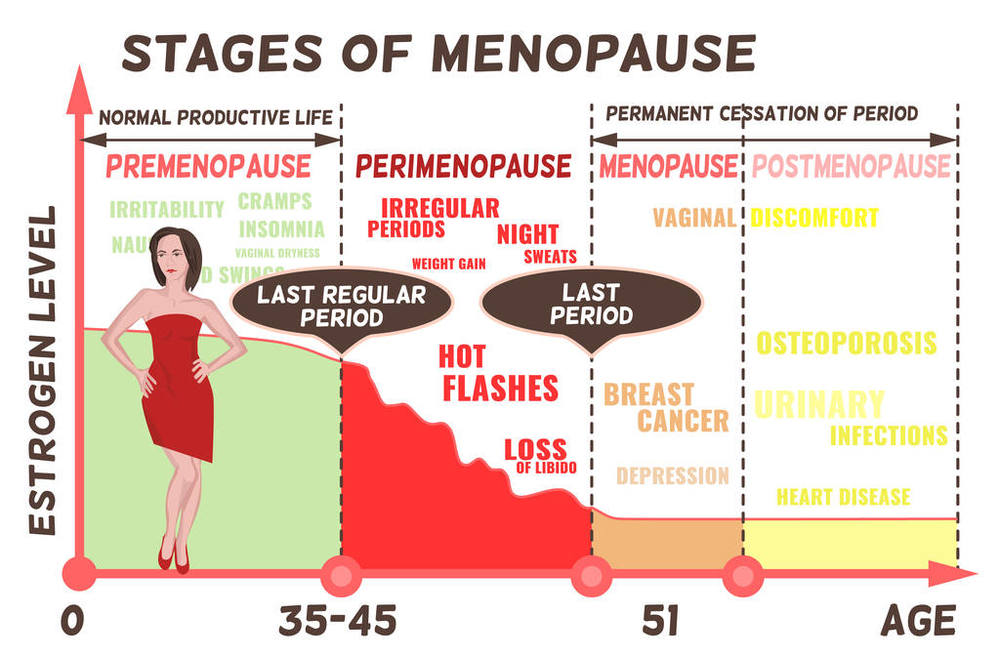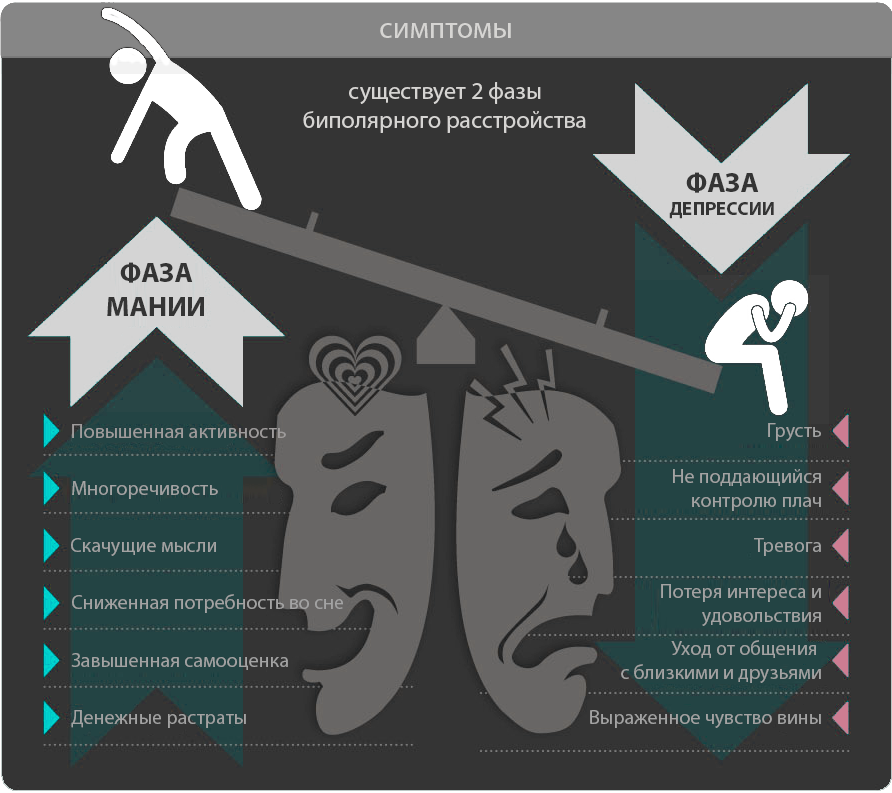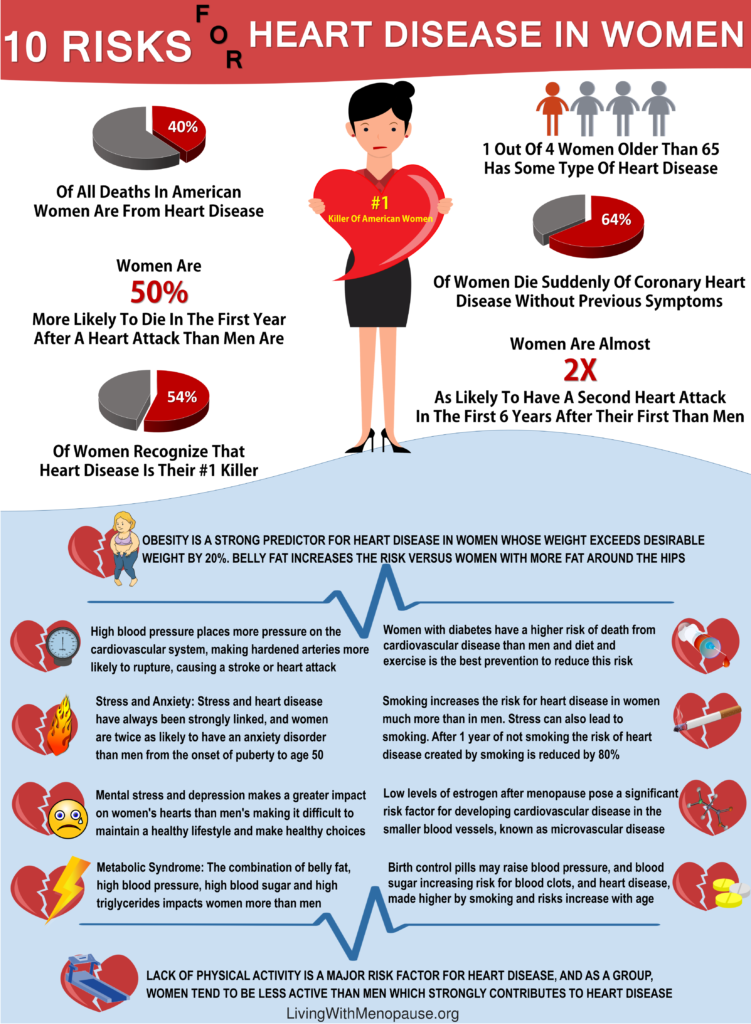High five personality test
Online Alternative to Myers-Briggs' 16 Types
Taking a simple personality test can be a quick and efficient way to boost confidence, understand your strengths, and recognize your personal flaws.
This is an alternative to the 16 personality type test created by Myers & Briggs. HIGH5’s personality tests have the ability to change your worldview, change the outcome of your career, and so much more.
How Does 16 Personality Test Work?
Personality test will ask you a series of questions. These questions aim to understand your key characteristics, thought processes, and even some of your strengths and well as weaknesses. Similar to the 16 personality assessment created by Myers & Briggs.
Many different types of questions can be asked on a personality assessment. Some may involve you self-assessing your emotions, reactions, or your ability to perform certain tasks. You may be asked to imagine what you would do in certain scenarios.
Other times, you will be given a statement and asked how well it applies to you.
The most know personality test is the 16 personality assessment (the MBTI test), based on the Myers-Brigs Myers-Briggs Type Indicator and their 16 types of personalities.
Here is a list of all 16 Myers-Briggs personality types:
ISTJ – ISFJ – INTJ – INFJ – ESTP – ESFP – ENTP – ENFP – ISTP – ISFP – INTP – INFP – ESTJ– ESFJ– ENTJ – ENFJ
Other well-known tests are also DISC and BIG Five. Regardless of the type of questions asked, the test will calculate your responses and compare them to their stored characteristic database. This is how your results will be determined and displayed.
What Will My Report or Profile Look Like?
Your report will have the list of your top 5 traits and strengths with in-depth descriptions for each. We have a dedicated platform for further researching and learning more about your personality: which traits and strengths you should focus and work on, what to leverage, what to navigate and what to navigate further.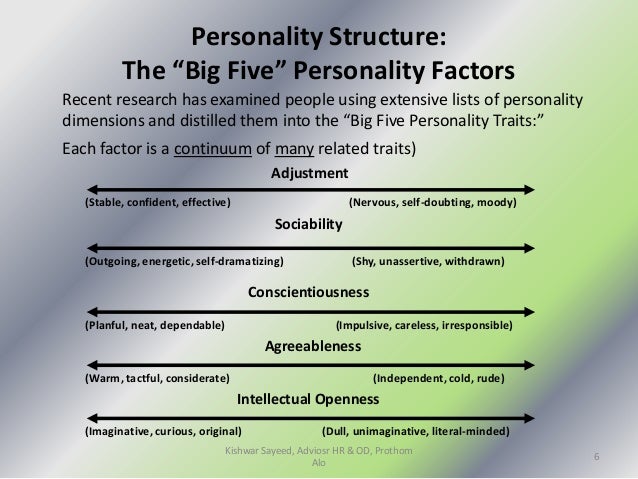
Your specific results will depend on your unique personality traits.
Validity and Reliability of the Personality Test
The HIGH5 personality test is based on 2 two major research approaches that one can take to develop a model to develop the latter.
First is the fundamental or “theoretical” approach. The main focus of a theoretical approach, serving as a base for assessments such as the “VIA Survey” by Martin Seligman, is to advance our scientific knowledge for a more thorough understanding of a topic or certain phenomenon.
It deals with the formulation of a theory about human behavior, which can then be generalized across populations. This also constitutes the main advantage of this approach: once a theory is developed, it is universally applicable.
The second is the applied approach. The main focus of such an approach, underlying such assessments as the “StrengthsFinder” by Don Clifton, is to understand and solve a specific real-life, empirical problem.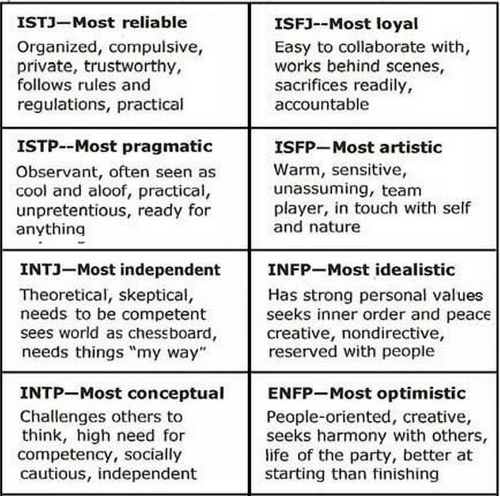
Unlike the theoretical one, the applied approach starts with collecting as much real-life data as possible and then trying to structure it into a framework to achieve a specific objective. The main advantage of this approach lies in the practical applicability of its results.
Benefits of Taking 16 Personality Test
Personality tests can offer many crucially important insights. These benefits could positively impact your relationship, career, friendships, and virtually every other aspect of your life. As such, it is important to take time to thoroughly answer the questions on the personality test.
Some of the key benefits that the personality report provides you with include:
- A boost in confidence. If you are aware of your top positive qualities, you will naturally become more confident. The additional confidence can help you achieve more than you thought possible.
- Strengthening your bonds. People generally do not wish to spend time with those who are constantly negative.
 So, your added confidence can also help your binds with others.
So, your added confidence can also help your binds with others. - Find a career that suits you best. This is especially crucial for students and those who recently lost their job. Understanding your personality will help you find the industry and environment that sets you up for success.
- Set clear goals and expectations for yourself. Knowing your personality can help you become a better planner. Your goals will become more personalized, and you can start achieving them far more quickly too.
- Overcome your bad habits. The first part of overcoming a problem is admitting you have one. Similarly, when you are aware of the negative aspects of your personality, you can start to address them.
Who is MBTI Personality Assessment For?
A personality test can and should be taken by anyone curious about their personality. Some individuals take these assessments to maximize their workplace efficiency. Others want to take the test for self-growth and development.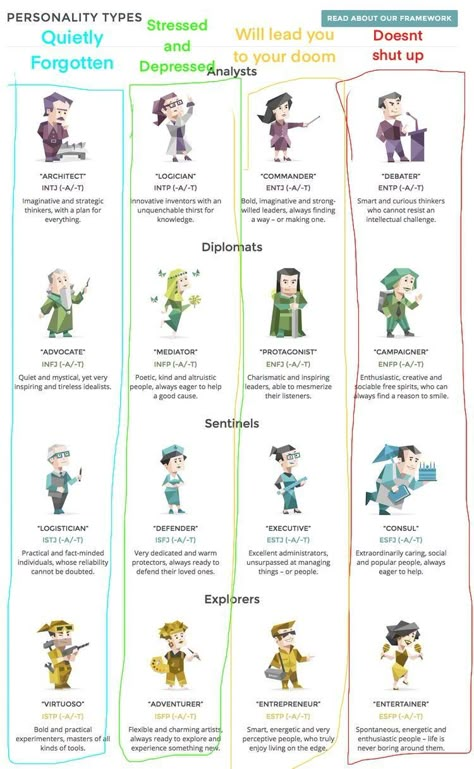
Still, others may take the test to determine how to overcome their bad habits or be better spouses. Regardless of the reason, almost anyone can find benefits from taking this test.
Nonetheless, there are some people who benefit more than others. For example, if you are a student, you are probably unsure of what career to pursue. You may not understand what you want in a partner, or which top qualities you can use to get your dream job.
Taking a simple personality assessment can help you understand these important parts of your life.
In addition, those who have recently undergone difficult times can probably benefit significantly from taking this test. If you are someone who has recently been laid off from work, you may be experiencing decreases in motivation and confidence.
This is a serious problem, and could negatively impact you for months or years. Fortunately, the personality assessment may help you gain some of your confidence back. It will also help you in making smart career decisions for the future.
How Long Does 16 Personality Test Take to Finish?
We recommend setting 15-20 min aside for completing this personality test in a quiet place.
Personality tests vary in length. There are very quick tests available online which may take only 5 minutes. However, if you want to take the original MBTI or a similar assessment, plan to take it in about 20-30 minutes. The duration of the test also depends on how much you think about your responses.
After major changes in your career or even your personal life, you can experience major changes in your personality as well. Consider how dramatically some individuals change their personality after having children, getting married, or starting a job they are truly passionate about. As such, this would be a good time to retake the personality assessment.
How Accurate Is The HIGH5 Personality Test?
This test is quite accurate. They are based on years of research by expert psychologists to ensure it is validity and reliability.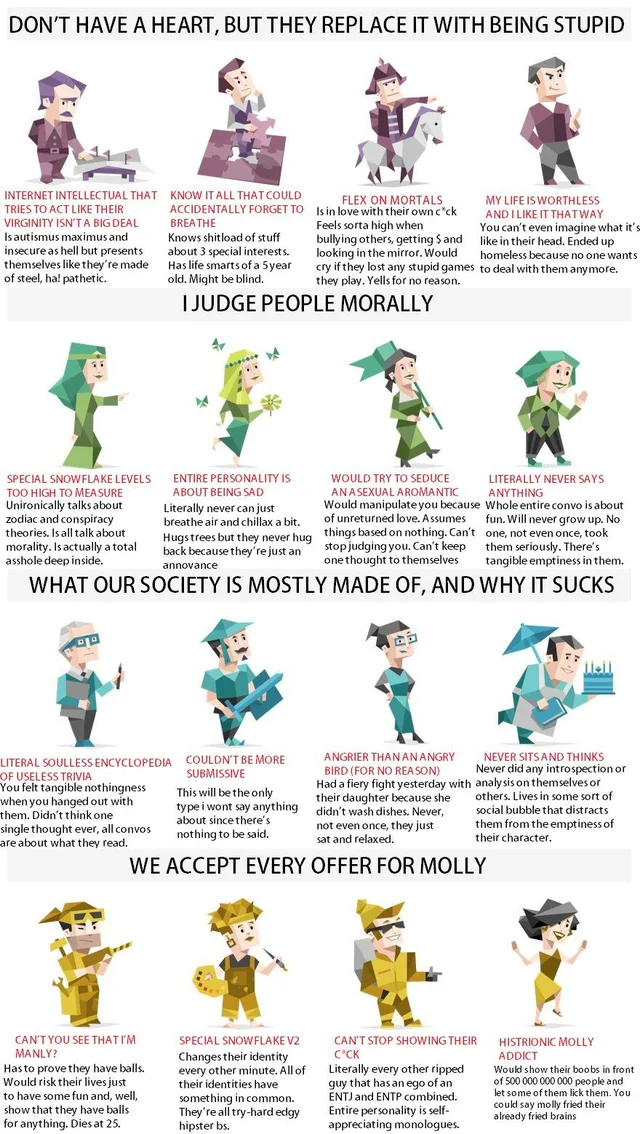 For instance, the Myers-Briggs Personality Type Index was created through decades of research by psychologists Catherine Briggs, her daughter, and the rest of the team. These tests have been studied and worked on by the likes of Carl Jung, Donald Clifton, and more.
For instance, the Myers-Briggs Personality Type Index was created through decades of research by psychologists Catherine Briggs, her daughter, and the rest of the team. These tests have been studied and worked on by the likes of Carl Jung, Donald Clifton, and more.
Evidenced-based personality test can be quite accurate. The same is also true with tests besides the MBTI, like the Big Five and the DISC, which have also been repeatedly shown to be accurate and helpful. You can test how accurate an assessment is by seeing if individuals score the same personality type after taking the test numerous times in a short time frame. This was done with the MBTI, and it was found to be accurate 75-90% of the time.
Still, you should be aware of some of the key limitations of tests like the MBTI. For one, they rely heavily on your self-perception. If you believe you are highly motivated, this does not necessarily mean you are. Some people inaccurately judge their qualities. This is why sometimes, having someone else judge your actions could help you form a more accurate picture of your personality.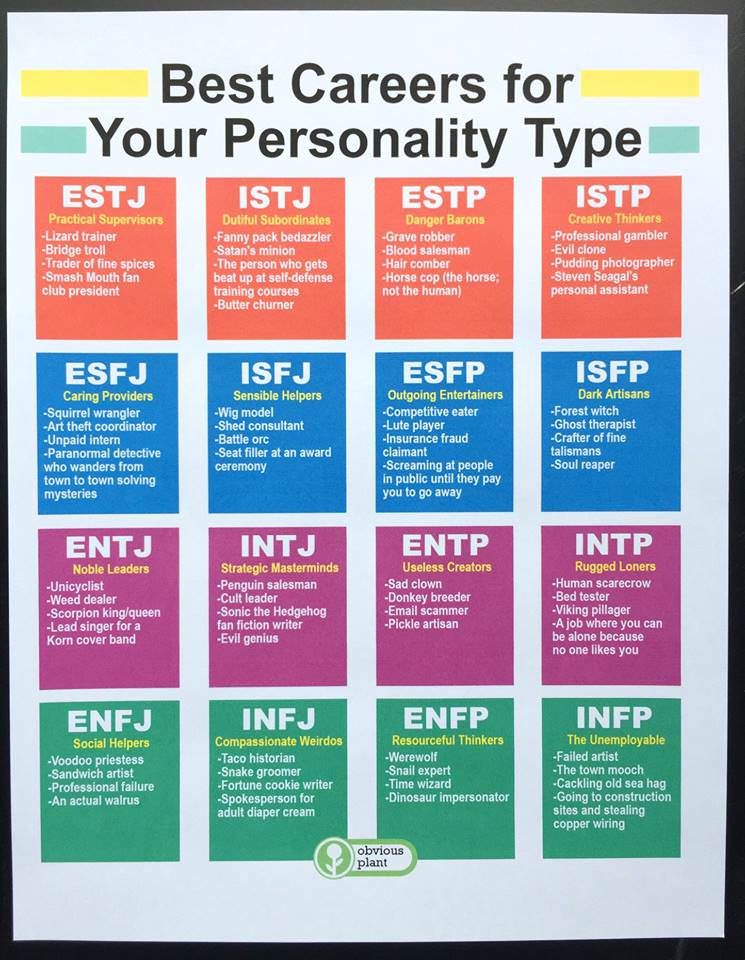
16 Personality Test FAQ
What is the most accurate personality test?
Our free online personality test is very accurate, according to our test users and their feedback. That is something that we are very proud of.
Other tests are less or more accurate than others. For instance, a five-minute personality quiz online might not be as accurate as a test done in person by licensed psychologists. With that said, there are accessible online options that are quite accurate like our personality test type.
Is This Personality Test Really Free?
Yes, it is completely free! There is no purchase needed to take and complete this test. If you want, you can request a more detailed and extended report for a small fee.
Join +3 million people from leading companies in discovering what they are naturally great at
The Big Five Personality Test: Free Online Alternative
The Big 5 Personality Test, also known as the Five-Factor Model or Big Five Personality Test, is a self-report inventory that measures the five personality traits through five broad personality dimensions (so-called traits, IPIP Big-Five Factor Markers, Big Five).
It is one of the most utilized personality models in academic psychology and is deemed the most scientific way of understanding the theory of personality and personality differences.
It is supported by extensive statistical and research data, and it offers a proven method to measure people’s personality differences.
The test is called the Big Five, as it proposes five independent factors or dimensions (traits) that measure human personality.
The combination of these traits gives the popular OCEAN or CANOE acronyms under which the Big Five goes. So, let’s take a look at what these traits are and what they measure.
The Big Five personality test measures the following traits:
- Openness
- Conscientiousness
- Extraversion
- Agreeableness
- Neuroticism
Each of these five broad personality dimensions contains many other sub traits or facets that deliver a more accurate personality description.
The score generally remains stable throughout a person’s lifetime, and they hardly ever change.
Each of the traits represents a continuum that ranges from 0 to 100%, and depending on someone’s personality trait, he/she can fall within the range.
Openness – When we talk about Openness in the Big Five context, we refer to the dimension that involves openness to new experiences, open-minded points of view, accepting new ideas, and insightfulness.
Test-takers can score high, average, and low on the scale, and depending on their personal result, and they can see the level of their open-mindedness and authority-challenging attitudes.
It is related to the interconnection of specific brain regions that allow some people to see patterns and connections where others fail to do so.
Conscientiousness – This trait describes the level of discipline and self-control while pursuing one’s goals. This trait is directly connected to the work of the frontal lobe of the brain, i.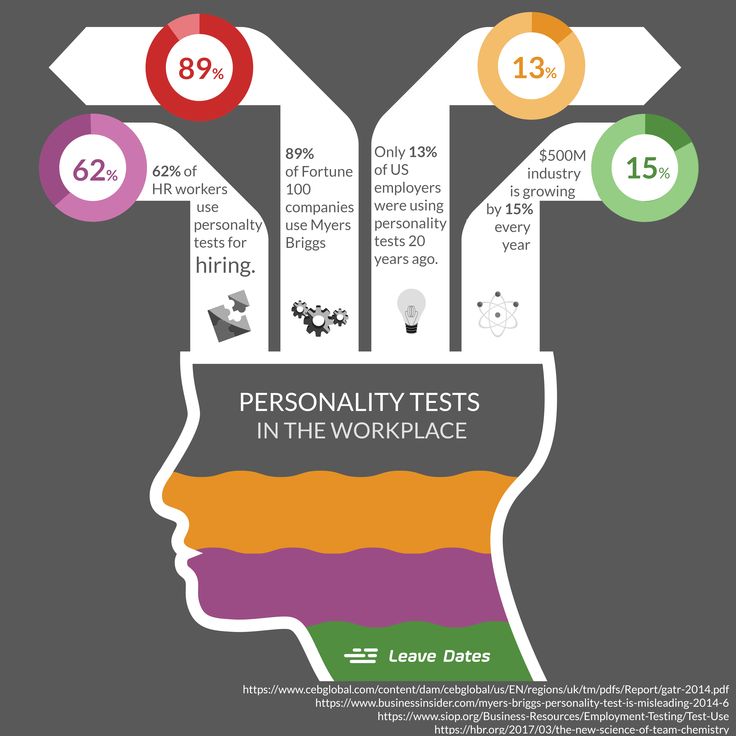 e., it regulates the instincts and animal drives in humans.
e., it regulates the instincts and animal drives in humans.
For instance, the level of its expression in people determines whether someone is more prone to doing an entertaining and fun activity without focusing on consequences, or he/she will choose to do less fun but important tasks.
It mostly reveals the level of responsibility and dedication in an educational or work-related environment.
Extraversion – This trait describes someone’s preference to interact with the outside world, i.e., whether someone gets energized when interacting with other people or by spending time alone.
Taken from a scientific point of view, it is related to dopamine levels in the brain when pursuing a goal or expecting a reward.
The higher the excitement, the higher the dopamine level. Scientific studies have shown that extroverts tend to have an increased dopamine activity compared to introverts.
Agreeableness – It is the trait that involves an innate desire to help others, prioritize others’ needs over oneself, and cooperate rather than compete.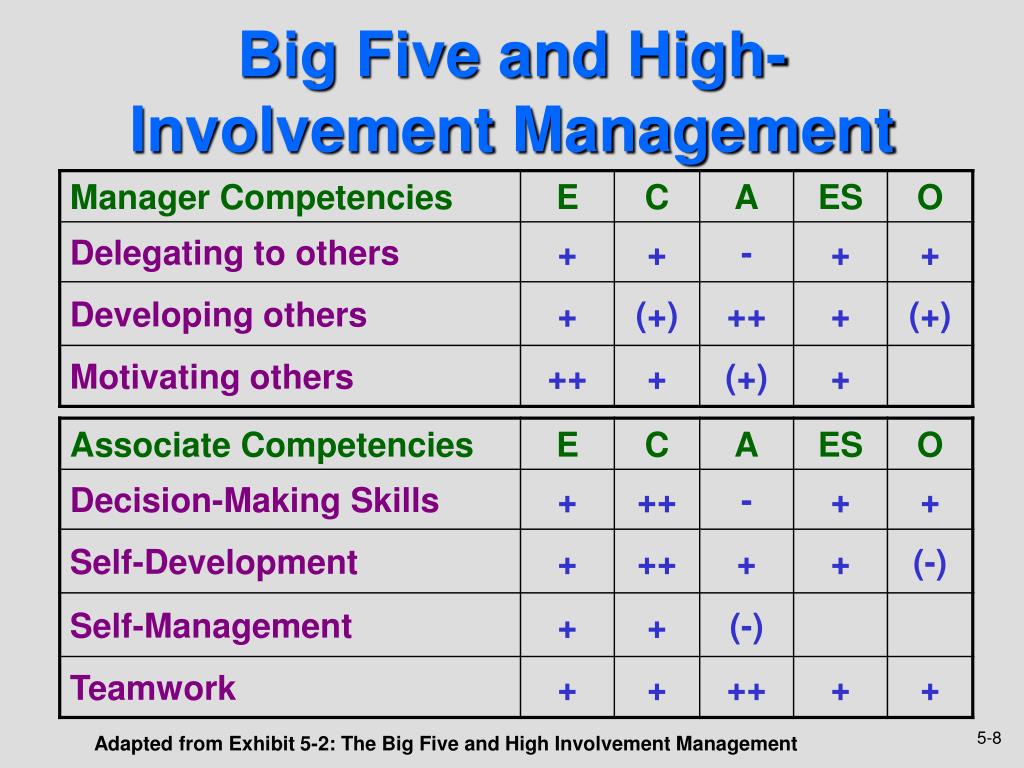
People who have a high agreeableness level show more empathy and tend to be more helpful. This trait is associated with the activity in the superior temporal gyrus, i.e., a brain region that plays a role in recognizing other people’s feelings and language processing.
Neuroticism – It measures how people react to triggers and stressors and how they deal with negative emotions, sadness, guilt, shame, fear, and anxiety. It is often referred to as an alerting trait related to irregularities, dangers, and discrepancies.
Different research associates Neuroticism with specific interconnection among brain regions that process negative emotions or stimuli or altered serotonin activity in the brain.
It also explains why different people react in different ways when faced with danger, fear, or anxiety.
Disclaimer: HIGH5 does not intend to replicate or to substitute Big Five Personality Test as both tests follow different methodologies, yet bring value in similar ways.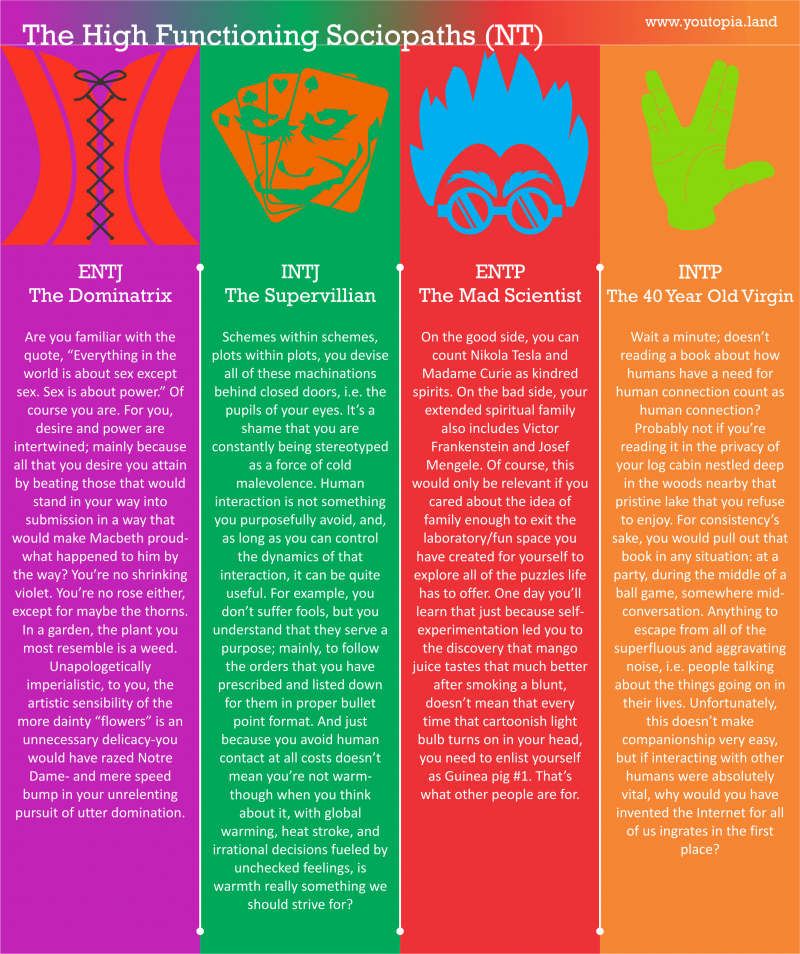 Both tests help test takers be more aware of their own personality. HIGH5 does not dispute or diminish the value of the Big Five test and encourages test takers to go through both assessments. If you have any questions, please do not hesitate to reach us at hello(at)high5test.com
Both tests help test takers be more aware of their own personality. HIGH5 does not dispute or diminish the value of the Big Five test and encourages test takers to go through both assessments. If you have any questions, please do not hesitate to reach us at hello(at)high5test.com
All other trademarks not owned by HIGH5 Test that appear on this Web site are the property of their respective owners, who may or may not be affiliated with HIGH5 Test.
5 personality tests that can decide the fate of an applicant at an interview
Once upon a time, in order to get a job, it was enough to send a resume to the right company without errors, provide good references and answer a couple of questions.
Today, many job seekers notice that success is increasingly dependent on personal rather than professional qualities.
According to the 2014 trend report published by the CEB consulting agency, 62% of HR professionals use personality tests for recruiting. In 2010 this figure was 50% (according to the research center Aberdeen Group).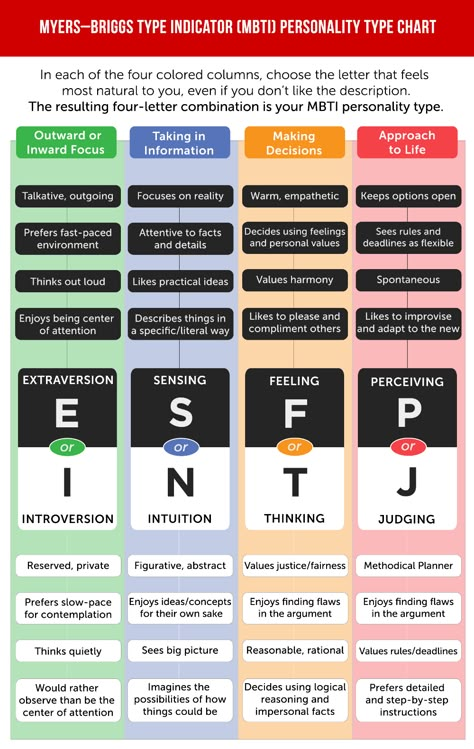
If you haven't experienced this practice yet, you still have a chance to prepare for these tests.
Why? Companies are constantly looking for new ways to make sure they are making offers to the right candidates.
Not only do they want to weed out those who can't do the job so as not to waste time and money repeating the process, but they also want to refuse those who are ready to leave their place as soon as a new opportunity presents itself.
"Personality tests analyze behavioral responses associated with professional competence," says Paul Gorrell, Ph.D., founder and director of Progressive Talent.
Employers use these rating systems to compare applicants' performance against the requirements of the position they are applying for. There are no right or wrong answers to personality test questions, just some of them do not correspond to what the employer wants to hear.
"For example, if the job involves active sales, and the applicant is indecisive, not inclined to take risks, and is too slow to adjust to the situation, most likely he is not suitable," explains Gorrell. - "But in the customer service department, such a candidate would come in very handy."
- "But in the customer service department, such a candidate would come in very handy."
Still, not all assessment methods are the same. Some of them allow you to select ideal candidates with great accuracy, while others can be completely ineffective.
"All means of recruitment are good for development, but not all are good for selection," warns Gorrell.
That is why we decided to evaluate existing methods. What is the result? Three popular personality tests turned out to be quite acceptable, and two did not pass the test, because they cannot be used to judge the competence of the candidate.
1. Test by Caliper (Caliper Profile)
Description: This rating system has been used for 50 years and measures the presence of certain personal qualities (for example, perseverance or accuracy) that are relevant to work.
Take, for example, the ability to empathize. According to Gorrell, the test is designed to reveal "a combination of qualities that help to find out how well a person understands other people, how flexible and ready to contact.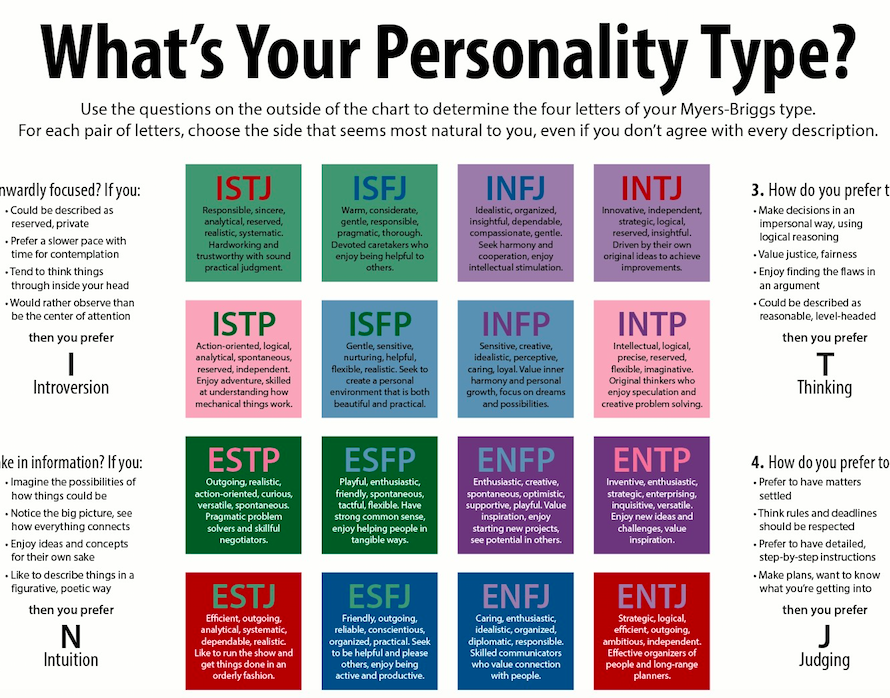 This can come in handy when hiring employees who will be responsible for customer service or implementing changes in the company. ".
This can come in handy when hiring employees who will be responsible for customer service or implementing changes in the company. ".
What the questions look like: The candidate is asked to choose the statement that best reflects their point of view and tick the appropriate box on the questionnaire. From the remaining options, they are asked to choose the statement that best reflects the candidate's point of view.
For example:
A. Sometimes it's better to lose than offend someone.
B. I am good at the art of small talk.
Q. We must always follow accepted norms and protocols.
D. During the working day, I sometimes lose control over the situation.
Conclusion: Effective test! "The Caliper Profile is great for identifying people's motivations," says Gorrell. "Unlike other tests, it evaluates both positive and negative aspects, allowing you to see the big picture."
2. Gallup StrengthsFinder
Description: The test was developed decades ago by the Gallup Institute (which is where all this research is being done now).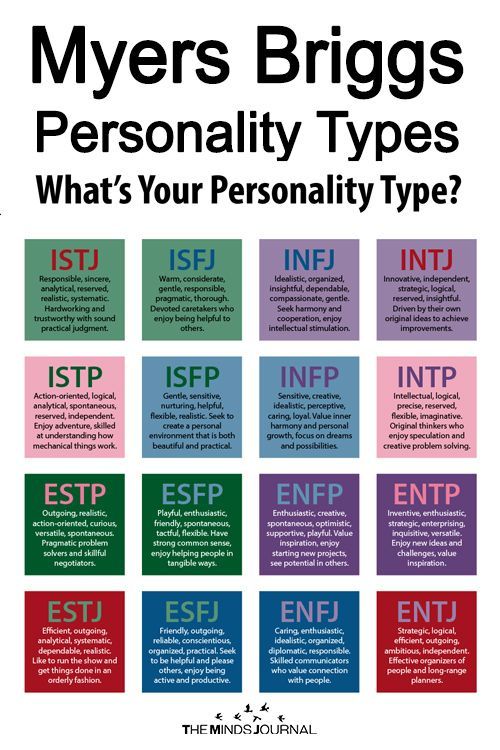 The authors suggested that other methodologies put too much emphasis on candidates' weaknesses.
The authors suggested that other methodologies put too much emphasis on candidates' weaknesses.
Based on the answers to 177 questions, the researchers draw a conclusion about the positive qualities that the respondent may have. The result includes the 5 strongest qualities that determine success in a particular area of activity.
Let's say the candidate has the highest score on the "positive attitude" item. This means that he will be able to excel in a job that involves constant rejection (for example, in a call center or a fundraising organization).
If he strives for achievements, then he is in the right place in an organizational or managerial position.
What questions look like: Each question consists of two statements.
For example: "I like to help people" and "When I have a difficult task that needs to be done perfectly, I rely on the strengths of my colleagues and do not try to do everything myself."
The respondent must choose the statement that best describes them.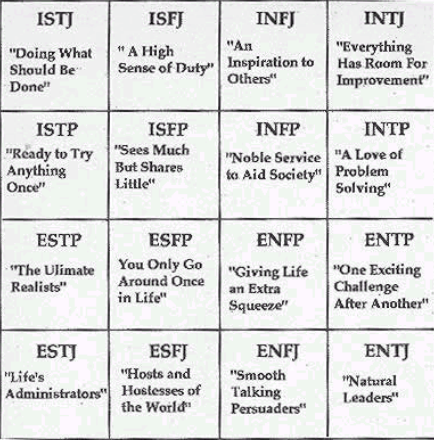 In addition, he can indicate that the statement is "extremely accurate" or "neutral".
In addition, he can indicate that the statement is "extremely accurate" or "neutral".
Conclusion: Effective test! "Unlike the Caliper Profile, in the Gallup StrengthsFinder, strengths are considered an indicator of a potential employee's success," says Gorrell.
3. Myers-Briggs Typology
Description: This is a very popular personality test that allows you to determine belonging to one of 16 groups based on such qualities as common sense and intuition, extraversion and introversion, rational and sensory perception, planning and reaction.
For example, if someone says they are INTJ, know that they are an introvert who relies on intuition, prefers to think rationally and plan their actions.
Approximately 80% of employees hired by Fortune 500 companies pass the Myers-Briggs test. In addition, many companies around the world use it in the recruitment process.
What the questions look like: Each question has two possible answers.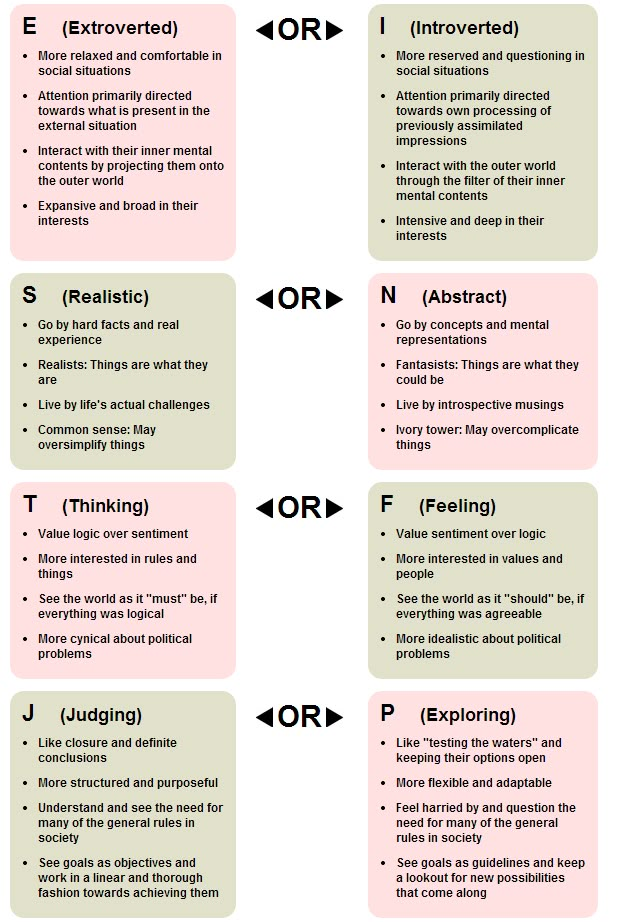 For example: When communicating with others, do you prefer to reach agreement or listen to new information and opinions?
For example: When communicating with others, do you prefer to reach agreement or listen to new information and opinions?
The first option is type J (planning), the second is type P (reaction).
Output: Failed test! It was originally developed to determine personal preference. "Of course, it can be used for self-knowledge, but it has nothing to do with work," says Gorrell.
HR representatives who select employees based on Myers-Briggs tests may miss out on really valuable people or mistakenly hire those who do not meet their expectations, all because they overly trust the test.
Even the authors of the test themselves are concerned about the misuse of the methodology, so they published a message on their website asking them not to use it in recruiting and laying all the responsibility for the possible consequences on employers.
According to Gorrell, some of the answers to the test questions may create bias against women and some other groups of respondents.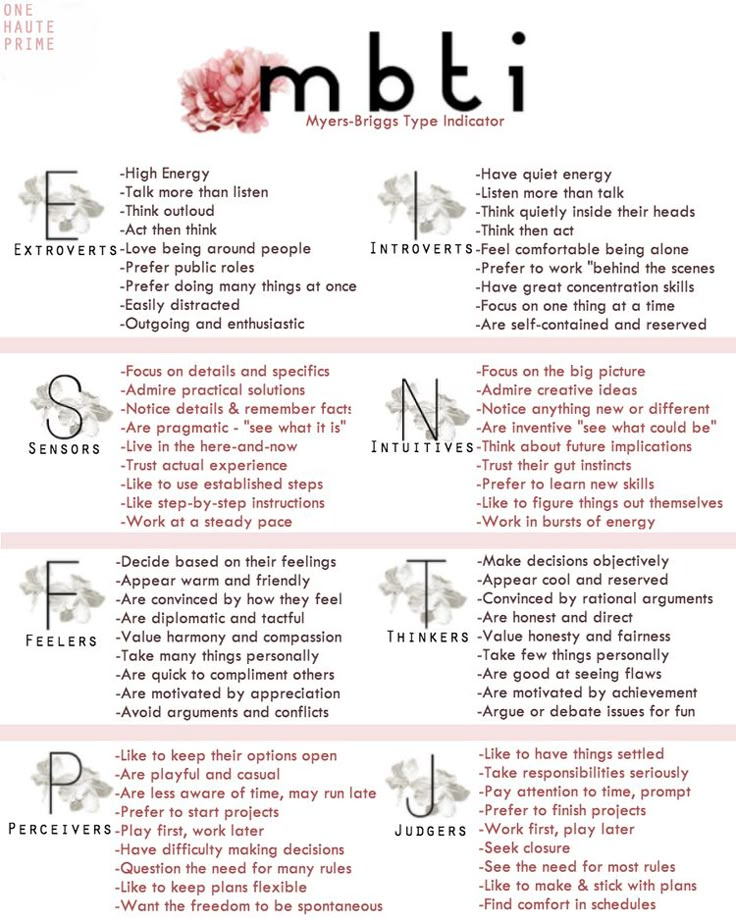
4. Sixteen Personality Factor Questionnaire
Description: This test is also called 16PF. It was developed in 1949. psychologist Raymond Kettel, who identified 16 personal qualities that each person possesses to a different extent.
The questionnaire consists of 170 items that can surprise those who are used to ordinary personality tests (including those mentioned above). They offer to describe their reactions to certain events in the work environment, rather than the personality as a whole.
Will you be able to complete everything that is assigned to you? How do you deal with stressful situations? 16PF is able to answer these questions.
What the questions look like: The candidate can answer "yes", "no" or "don't know" (meaning that he is not sure of the answer or did not understand the question). Examples of statements: "When I'm bored, I "turn off" and start to dream", "When the team needs tactful persuasion, I usually take this role myself.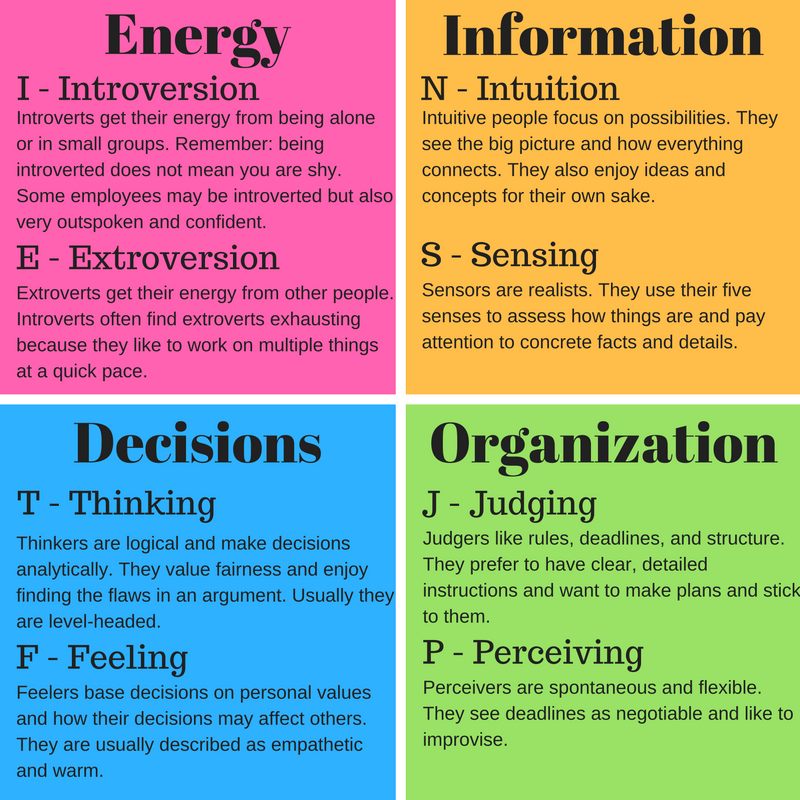 "
"
Conclusion: Effective test! According to Gorrell, 16PF is an effective employee development tool because he evaluates practical decisions, not the individual as a whole.
5. Minnesota Multiphasic Personality Inventory (MMPI)
Description: This is a personality test to be administered by an objective certified professional (such as a psychologist) to assess a patient's needs from a therapeutic perspective.
Unlike other tests that can be taken online, MMPI results cannot be interpreted by yourself or left to a recruiter. In the workplace, the MMPI is only used in areas of high psychological risk (such as the police).
What questions look like: Answers may or may not be correct. For example: "I often wake up with a headache" or "Sometimes I feel worthless."
Output: Failed test! "The information required to get test results is irrelevant to the job," says Gorell.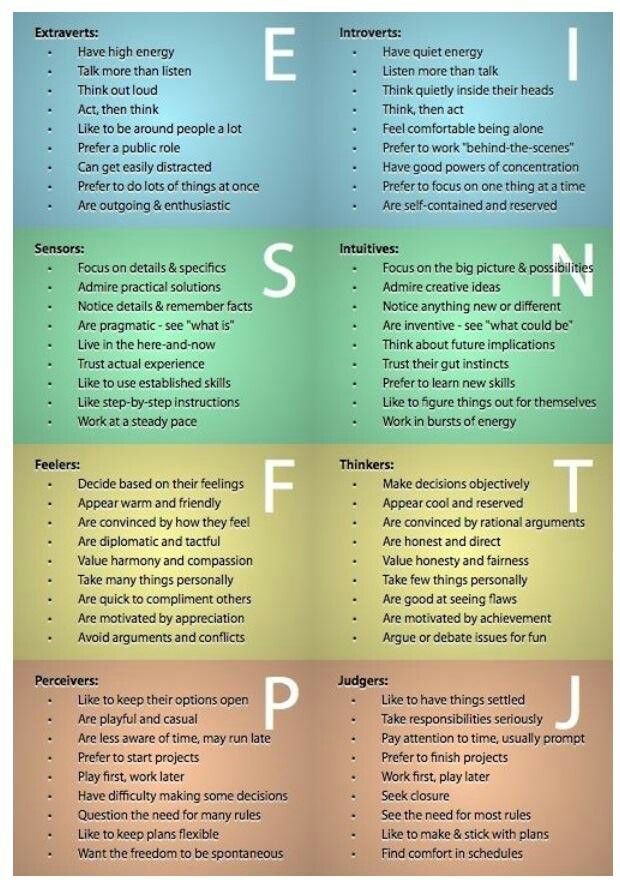 "Some companies tried to use this test, got several lawsuits and lost the case."
"Some companies tried to use this test, got several lawsuits and lost the case."
businessinsider.com
Translation: Airapetova Olga
Top 8 personality tests used in psychology (and by employers) • BUOM
June 30, 2021
Personality tests are often used to understand who people are and what drives them. From an employer's perspective, understanding a potential employee's personality can shed light on their work style and how they might fit into the company's work culture. In this article, we'll cover the most common types of personality tests used in psychology and how they can be applied in the workplace.
What is a personality test?
Coming from the field of psychology, personality tests have been used to better understand character traits in a variety of settings, including, if not especially, the workplace. Otherwise, they may be useful for psychological diagnosis by mental health professionals, personal development, or maintaining positive relationships with others.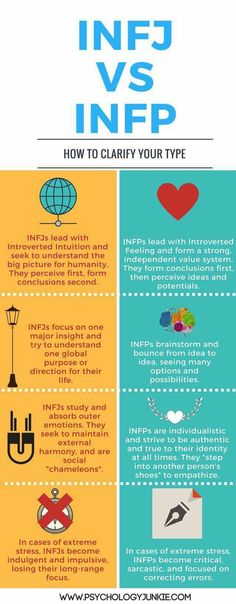 Over the years, countless personality tests have become popular, many of which are still distributed or readily available online.
Over the years, countless personality tests have become popular, many of which are still distributed or readily available online.
History of the personality test
The roots of personality tests are closely related to psychology, which has become a respected science. Psychology itself goes back to Wigelm Wundt, the "father of psychology", who first distinguished between the human personality and the human body in the 19th century. But the personality test did not exist until the end of World War I in the 1900s, when the Woodworth Personal Data Sheet appeared, which was used to assess the psychological trauma of returning soldiers.
Programs for Windows, mobile applications, games - EVERYTHING is FREE, in our private telegram channel - Subscribe :) still sometimes used in psychology.
The 8 Best Personality Tests Employers Use
It's not uncommon these days to come across a personality test when looking for a job. Employers often use various personality tests to understand the personality traits of their employees. Pre-employment personality assessment can also be used to assess the likelihood of success of job applicants. Some of the more common of these personality tests include:
Pre-employment personality assessment can also be used to assess the likelihood of success of job applicants. Some of the more common of these personality tests include:
1. Myers-Briggs Type Indicator
The Myers-Briggs Type Indicator, also known as MBTI, is often used by companies in the recruitment process. His questions determine which of four key groups the candidate falls into: extraversion or introversion, judgment or perception, intuition or feeling, and thinking or feeling. The results of these groupings place the subjects in one of 16 personality types. There are 93 questions in total, which is quite a long estimate.
2. Support profile
The Caliper profile measures how the personality of a job seeker or employee correlates with their performance at work. This personality test is often used during job audits. When taking this test, you will be answering questions in a variety of formats, the most common of which is a set of statements and prompts you to choose which one best fits your views.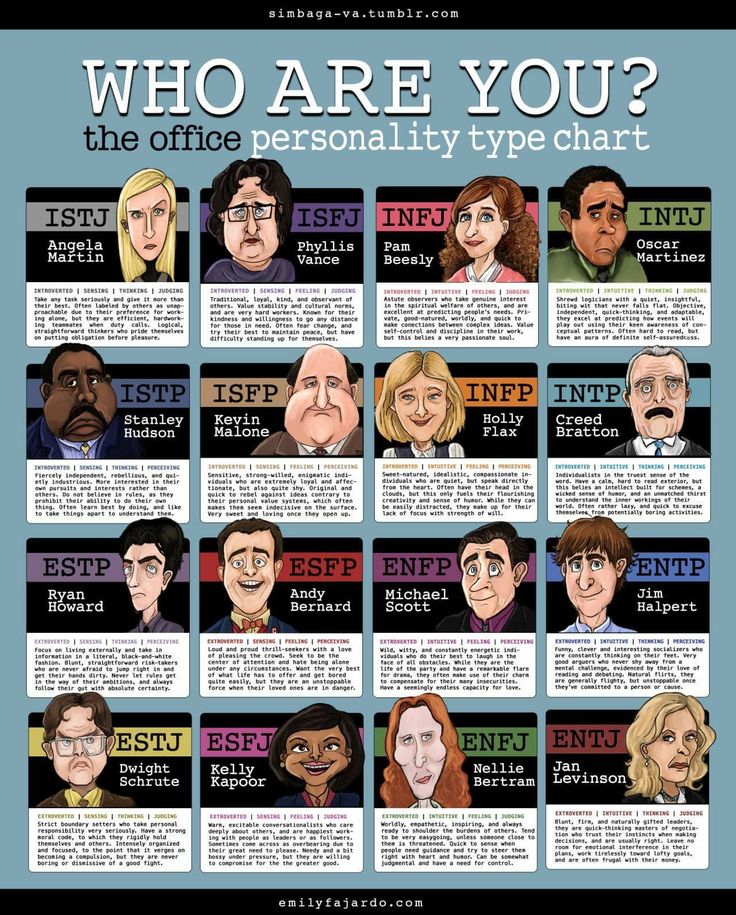 Other question formats include true or false, multiple choice, and agreement scales.
Other question formats include true or false, multiple choice, and agreement scales.
This assessment looks at both the potential negative and positive attributes of the candidate to give a broader picture of how they will fulfill their role. It can also be configured to target specific behaviors that are especially important for a particular job or feature.
3. 16 Personality Factors Questionnaire
In 1949, Raymond B. Cattell, Maurice Tatsuoka, and Herbert Hébert published the first version of the 16 Personality Factors Questionnaire, also called the 16PF, although it has been revised over the years. It helps measure people's behavior and has many uses, including career development and employee promotion. The types of personality traits it measures include dominance, rule awareness, sensitivity, emotional stability, perfectionism, self-confidence, and openness to change.
4. SHL Professional Personality Questionnaire.
The SHL Occupational Personality Questionnaire, also called OPQ32, provides insight into how an individual's personality traits and behaviors can affect work performance.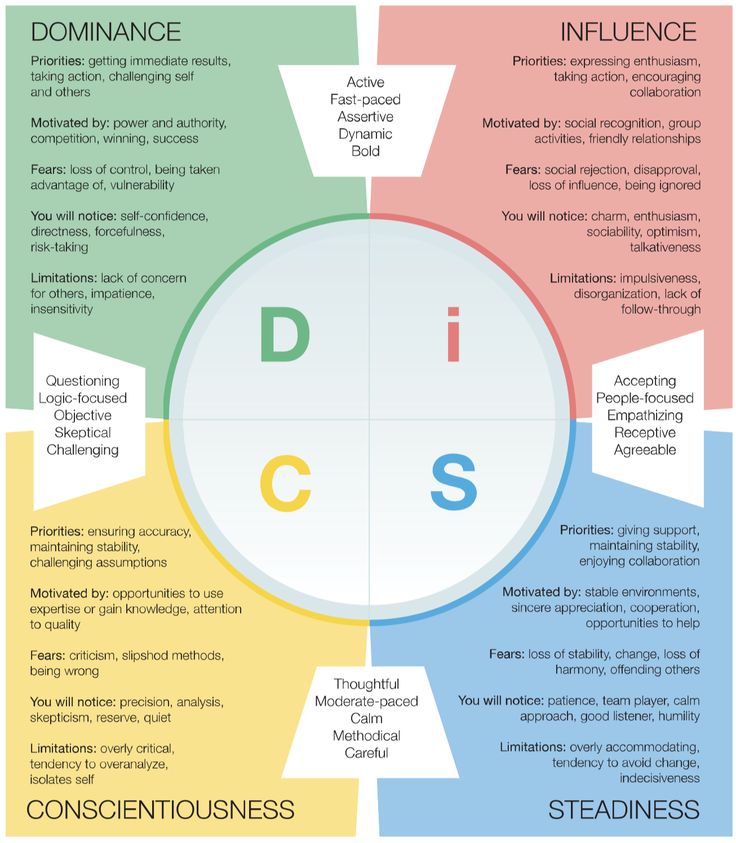 It includes 104 questions that measure 32 key characteristics, which are divided into three main areas that influence a person's behavior at work: emotions, ways of thinking and feeling, and relationships with people. Each question includes several statements, and the taker chooses the one that describes them the most and the one that describes them the least.
It includes 104 questions that measure 32 key characteristics, which are divided into three main areas that influence a person's behavior at work: emotions, ways of thinking and feeling, and relationships with people. Each question includes several statements, and the taker chooses the one that describes them the most and the one that describes them the least.
The results are provided as an individual report for each applicant, detailing their strengths and weaknesses, as well as a graphical summary that can be used to compare candidates against each other.
5. The HEXACO Personality Inventory Revised
More than two decades ago, researchers compiled the HEXACO Personality Inventory to assess various aspects of an individual's personality and how they apply their own theoretical interpretations to different situations. It measures six key personality dimensions: honesty/humility.
emotional stability, extraversion, agreeableness, conscientiousness and openness to experience.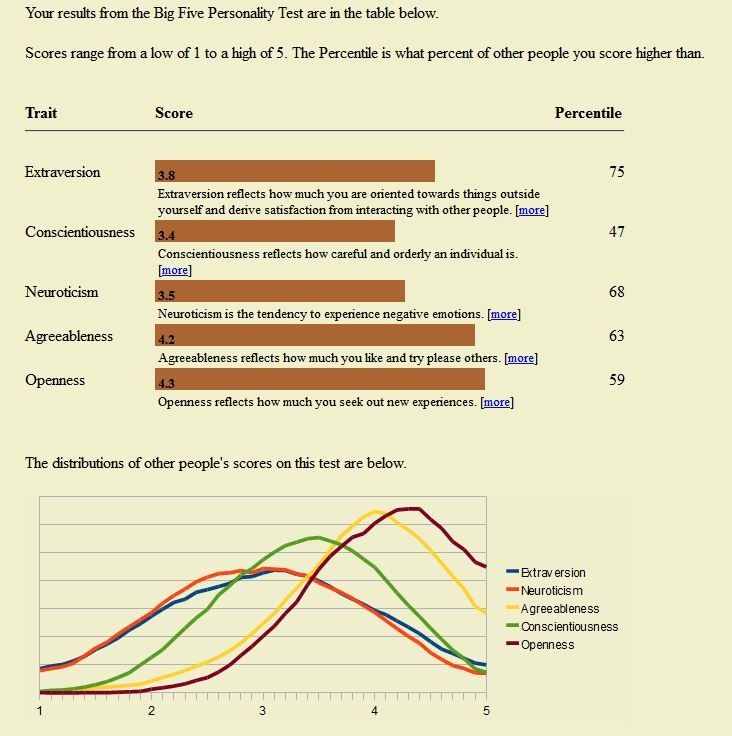 In the revised version, you can choose from three test length options: full (200 questions), half (100 questions), and HEXACO 60 (60 questions).
In the revised version, you can choose from three test length options: full (200 questions), half (100 questions), and HEXACO 60 (60 questions).
6. Revised NEO Personality Inventory
The latest version of the Revised NEO Personality Inventory was completed in 2005. It measures and tests the five core traits outlined in the Five Factor Model of Personality: neuroticism, openness to experience, agreeableness, conscientiousness, and extraversion, with each of these five traits being impaired. down into additional subcategories. For example, the trait of neuroticism includes vulnerability to stress, anxiety, depression, impulsivity, and shyness. Many of the characteristics it measures are important in the workplace, which has led to an increase in its use as an employment screening tool.
7. Eysenck Personality Inventory
The Eysenck Personality Inventory evaluates a person's personality based on two key dimensions: neuroticism versus stability and extraversion versus introversion.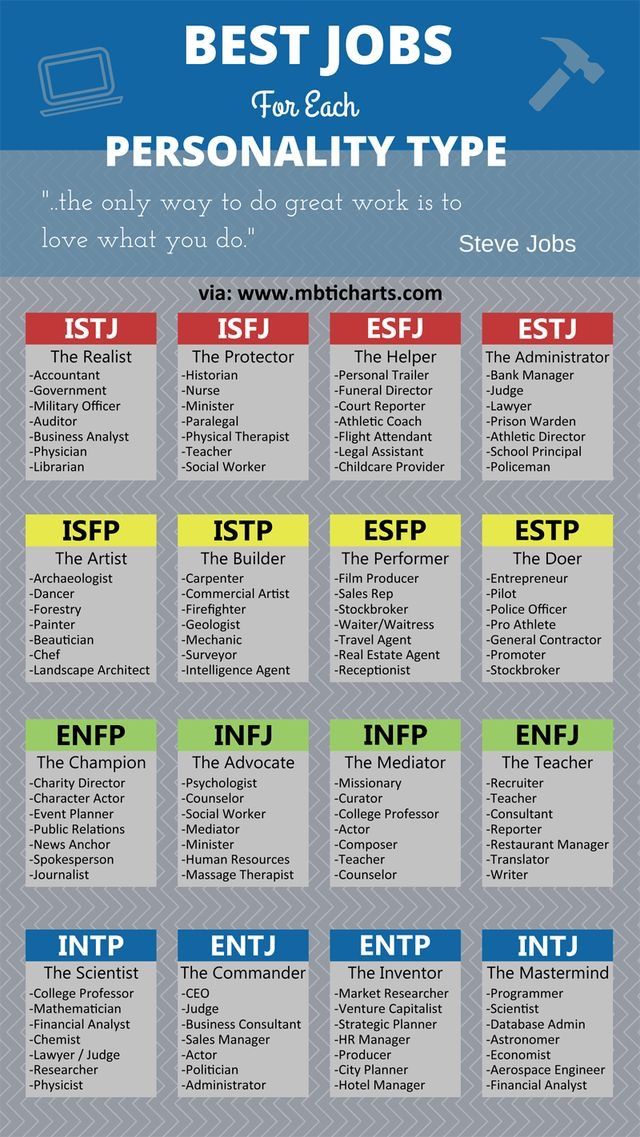 The results include three main measures: "E" (extraversion level), "N" (neuroticism level) and "falsehood", which measure the honesty of the assessment, based on the desire to get higher scores. The full assessment includes 100 questions, although there is also an abbreviated version with 57 yes/no questions.
The results include three main measures: "E" (extraversion level), "N" (neuroticism level) and "falsehood", which measure the honesty of the assessment, based on the desire to get higher scores. The full assessment includes 100 questions, although there is also an abbreviated version with 57 yes/no questions.
8. DISC Personality Test
Based on the Dominance, Influence, Consistency and Conformity (DISC) categories, this test is broken down into 28 statements, each with four options for the test taker to assess how they identify yourself with an assertion that ultimately leads to one of 12 different personality types.
Why personality testing is useful in the workplace
Understanding your own personality traits can be a powerful tool in choosing a career path. In addition, this self-awareness can give you an advantage when assessed by potential employers. Taking a personality test can help you:
Understand your own skills and interests
Understanding your personality type will shed light on the strengths you can highlight on your resume, as well as skills that you could potentially improve.